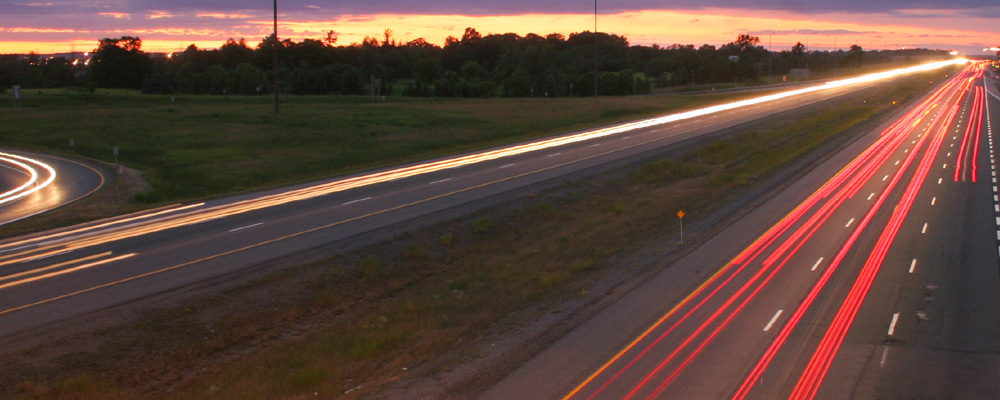As part of Missouri’s “Road to Tomorrow” initiative, the state is planning to build its first solar road.
Solar roads uses photovoltaic cells rather than conventional pavement for its construction. This particular stretch of road will use technology from a company called Solar Roadways based in Idaho. Each lane mile of solar road is estimated to generate around 300,000 MWh per year when installed. For this pilot trial, Missouri is planning to test out the technology by installing a 240 square foot section at the welcome center in Conway.
In addition to the respectable power generation, this company also utilizes some differentiated technology in their solar road products including:
- Integrated heating elements
- Traffic management
- Anti-theft
The heating elements are aimed at preventing the accumulation of snow and ice. When the temperature drops below 0 degrees Celsius, the heating element will activate. It is hoped that this feature will eliminate the need for snowplows. The elements are powered from the solar road itself.

Image Credit: www.solarroadway.com / Heating Element Melting Snow
When it comes to traffic management, the panels can be produced with an array of LED’s to convey information to drivers.

Image Credit: www.solarroadways.com / LED Traffic Management

Image Credit: www.solarroadways.com / LED Traffic Management
The LED’s are connected to a main data center, and can perform tasks such as:
- Display lane markings
- Warn drivers about accidents on the road ahead
- Rearranging parking spaces
The anti-theft feature in these panels consist of a wireless transmitter to report tampering back to the main data center.
Despite the power generation and advanced features of this technology, the Solar Consultant team has a few concerns regarding this design:
- It might require too much power for the LED’s to be visible during the middle of a sunny day.
- The heating elements may use up too much of the produced energy for the solar road to be productive in the winter months.
- It is not known how quickly the glass on the solar cell surfaces will deteriorate under real life conditions.
Overall, the Solar Consultant team does feel that this technology is a step in the right direction. Even if the net power generation doesn’t live up to expectations, this advanced solar road will serve to educate the public about renewable technologies.
